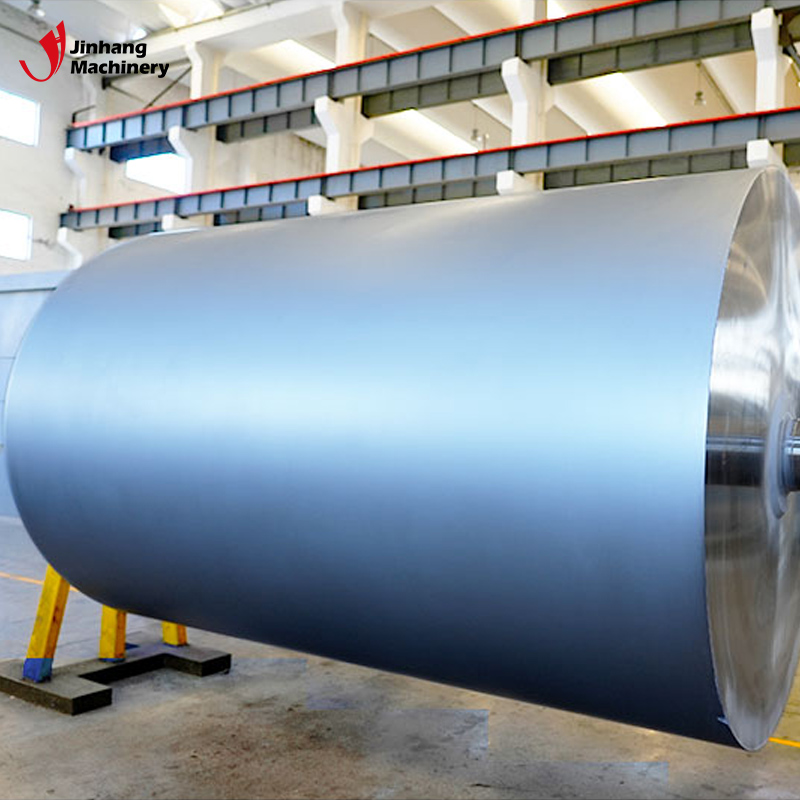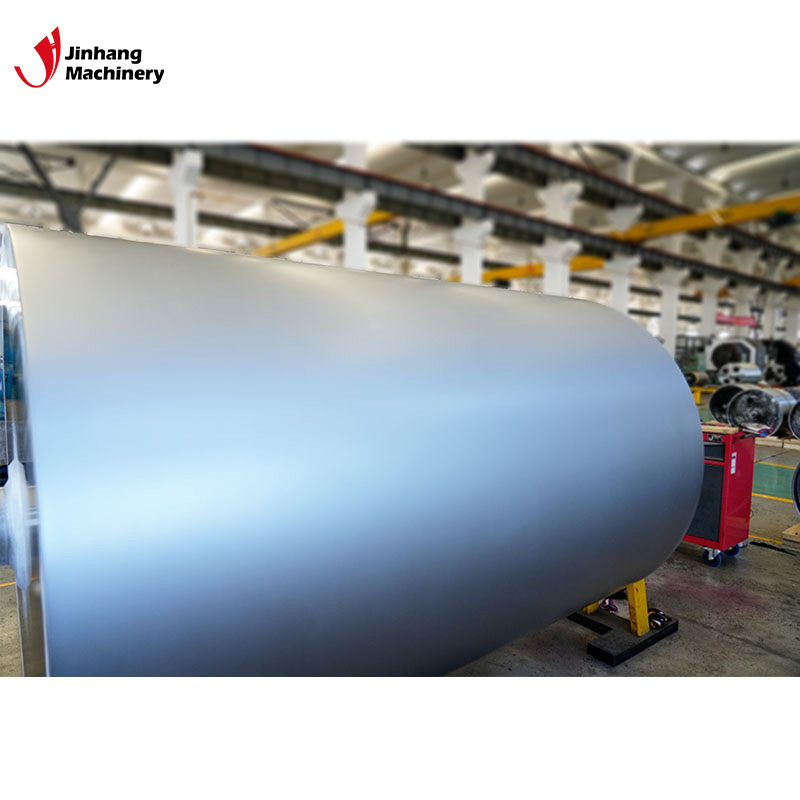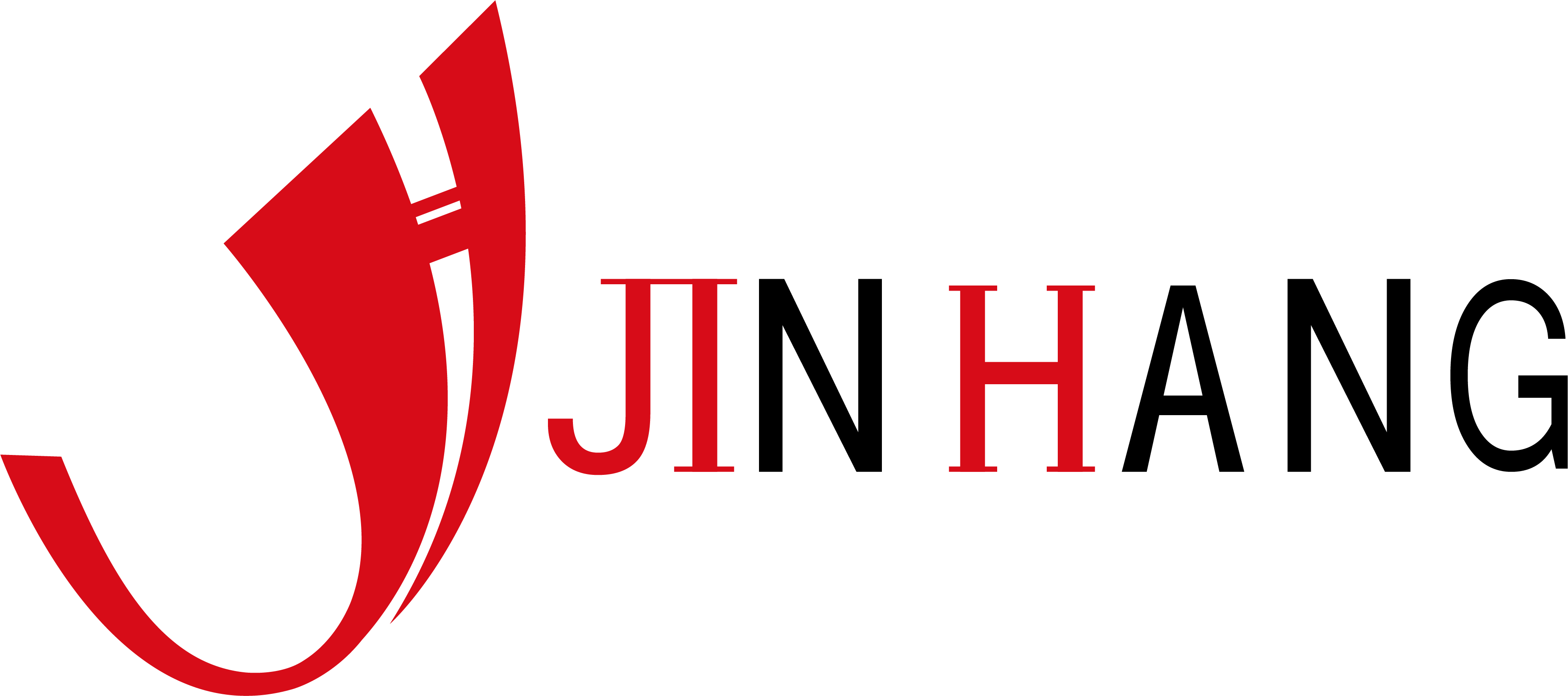How much do different types of industrial water quenching rollers cost in US dollars?
As a key equipment in the manufacturing and processing industries, the price of industrial water quenching rollers depends largely on a variety of factors, including the material, size, design of the cooling system, surface treatment process, and specific application requirements of the roller. This news will delve into the main factors affecting the price of industrial water quenching rollers and conduct a detailed analysis of the prices of different types of water quenching rollers.

What are the determining factors of the price of water quenching rollers?
Before analyzing the specific price, let's take a look at which factors play a vital role in determining the price of industrial water quenching rollers.
1. Material selection
The material of industrial water quenching rollers is the primary factor in determining their price. Rollers are usually made of high-strength alloy steel, stainless steel, chrome-molybdenum alloy steel or cast iron. Different materials have different costs and also affect the performance and durability of the rollers.
● High-strength alloy steel: This type of material has excellent wear resistance and high strength, and is usually used for rollers that need to work under high load for a long time. The price is relatively high, generally between $1,500 and $3,000 per roller.
● Stainless steel: Stainless steel rollers have good corrosion resistance and medium strength, and are suitable for some applications with high corrosion requirements. Their prices are usually between $1,000 and $2,500.
● Chromium-molybdenum alloy steel: This material has excellent strength and wear resistance and is suitable for use under extreme conditions. The price is slightly higher than high-strength alloy steel, usually between $2,000 and $3,500.
● Cast iron: Cast iron rollers are cheaper, but their durability and corrosion resistance are weaker, and they are suitable for short-term or low-load use. The price is usually between $500 and $1,500.
2. Roller size
The size of the roller, including diameter and length, also significantly affects its price. The larger the size, the more material is used and the processing difficulty increases accordingly, which pushes up the cost.
● Small rollers (less than 500mm in diameter): Usually priced between $500 and $1,500, suitable for small equipment or light industrial applications.
● Medium rollers (500mm to 1000mm diameter): These rollers are usually priced between $1500 and $3000 and are suitable for most industrial cooling operations.
● Large rollers (1000mm diameter and above): Due to the increased difficulty in manufacturing and installation, these rollers are usually priced between $3000 and $6000 or even higher and are suitable for heavy industrial equipment.
3. Cooling system design
The complexity of the cooling system of the water-quenched roller directly affects its price. The design of the cooling water channel, the flow control of the cooling water, and the sealing and corrosion resistance of the cooling system are all important factors affecting the cost.
● Simple cooling system: These systems are usually used for rollers with smaller or low temperature requirements, and the price is relatively economical, usually between $1000 and $2000.
● Complex cooling system: Rollers suitable for high temperature and high load conditions are more expensive, usually between $2000 and $5000, depending on the complexity of the system and the application scenario.
4. Surface treatment process
The surface treatment of the roller is also one of the important factors affecting its price. In order to improve the wear and corrosion resistance of the roller, the roller surface is usually chrome-plated, sprayed with ceramic coating or other treatments.
● Chrome plating: This surface treatment increases the wear and corrosion resistance of the roller, and usually adds $200 to $500 in cost.
● Spraying ceramic coating: This high-end surface treatment process usually adds $500 to $1,500 in cost and is suitable for extreme operating environments.
5. Customization needs
Some special industrial applications may require customized water-quenched rollers, such as special sizes, shapes or additional functions, which will also significantly affect the price.
● Standard rollers: Suitable for most general industrial applications, the price is relatively stable.
● Customized rollers: The price of rollers customized according to customer needs may be 30% to 50% higher than standard products, or even higher, depending on the complexity of the customization requirements.

How much do different types of industrial water-quenched rollers cost in US dollars?
After understanding the key factors that affect the price, the price range of several common types of industrial water-quenched rollers will be analyzed in detail below.
1. High-strength alloy steel water-quenched rollers
This type of roller is often used in industrial scenarios that require long-term high-load operation, such as steel manufacturing, heavy machinery processing, etc. Its high strength and wear resistance make it an ideal choice for these industries.
● Price range: between $1,500 and $3,500
● Application areas: steel manufacturing, heavy machinery processing, automotive manufacturing, etc.
2. Stainless steel water-quenched rollers
Stainless steel water-quenched rollers are known for their excellent corrosion resistance and are suitable for industries with high requirements for hygiene and corrosion resistance, such as chemical processing and food manufacturing.
● Price range: between $1,000 and $3,000
● Application areas: food manufacturing, chemical processing, pharmaceutical industry, etc.
3. Chrome-molybdenum alloy steel water-quenched rollers
Chrome-molybdenum alloy steel rollers are often used in extreme temperature and high wear environments, such as glass manufacturing and aerospace industries. Its durability and high temperature resistance enable it to cope with the most demanding production conditions.
● Price range: between $2,000 and $4,000
● Applications: glass manufacturing, aerospace, petrochemicals, etc.
4. Cast iron water-quenched rollers
Cast iron rollers are often used in less demanding situations, such as small and medium-sized production lines or periodically used equipment, due to their lower cost and sufficient durability.
● Price range: between $500 and $2,000
● Applications: small and medium-sized production lines, general manufacturing, light industrial applications, etc.
5. Large custom water-quenched rollers
Customized water-quenched rollers are indispensable for industries that need to handle large workpieces or operate under extreme conditions. The design, materials, and cooling systems of the rollers are specially optimized according to the specific needs of the customer.
● Price range: more than $5,000
● Applications: heavy industry, shipbuilding, nuclear energy industry, etc.

How to choose the right water-quenched roller?
After understanding the prices of different types of water-quenched rollers, it is crucial to choose rollers that suit your industrial needs. Here are some suggestions to help companies make wise decisions when choosing.
1. Choose the right material according to application requirements
Each material has its own unique advantages and disadvantages. For equipment that needs to run for a long time, high-strength alloy steel or chrome-molybdenum alloy steel may be a better choice, while for industries that require corrosion resistance or hygiene standards, stainless steel rollers are more suitable.
2. Consider the size and load capacity of the roller
Rollers of different sizes are suitable for different industrial needs. When selecting, rollers of appropriate size and load capacity should be selected according to the specific needs of the production line to ensure the stability and efficiency of production.
3. Pay attention to the design of the cooling system
The design of the cooling system directly affects the performance of the water-quenched roller. For high temperature or continuous operation conditions, choosing rollers with complex cooling systems can improve production efficiency and extend equipment life.
4. Ensure that the surface treatment meets the needs of the application environment
Surface treatment can significantly improve the wear resistance and corrosion resistance of the roller. When selecting, the appropriate surface treatment method, such as chrome plating or ceramic coating, should be selected according to the specific needs of the operating environment.
5. Compare price and performance, and choose the roller with the best cost performance
Price is not the only determining factor. When choosing a water-quenching roller, you should consider its performance, durability, maintenance cost and other factors, and choose the product that best meets production needs and has a high cost performance.
